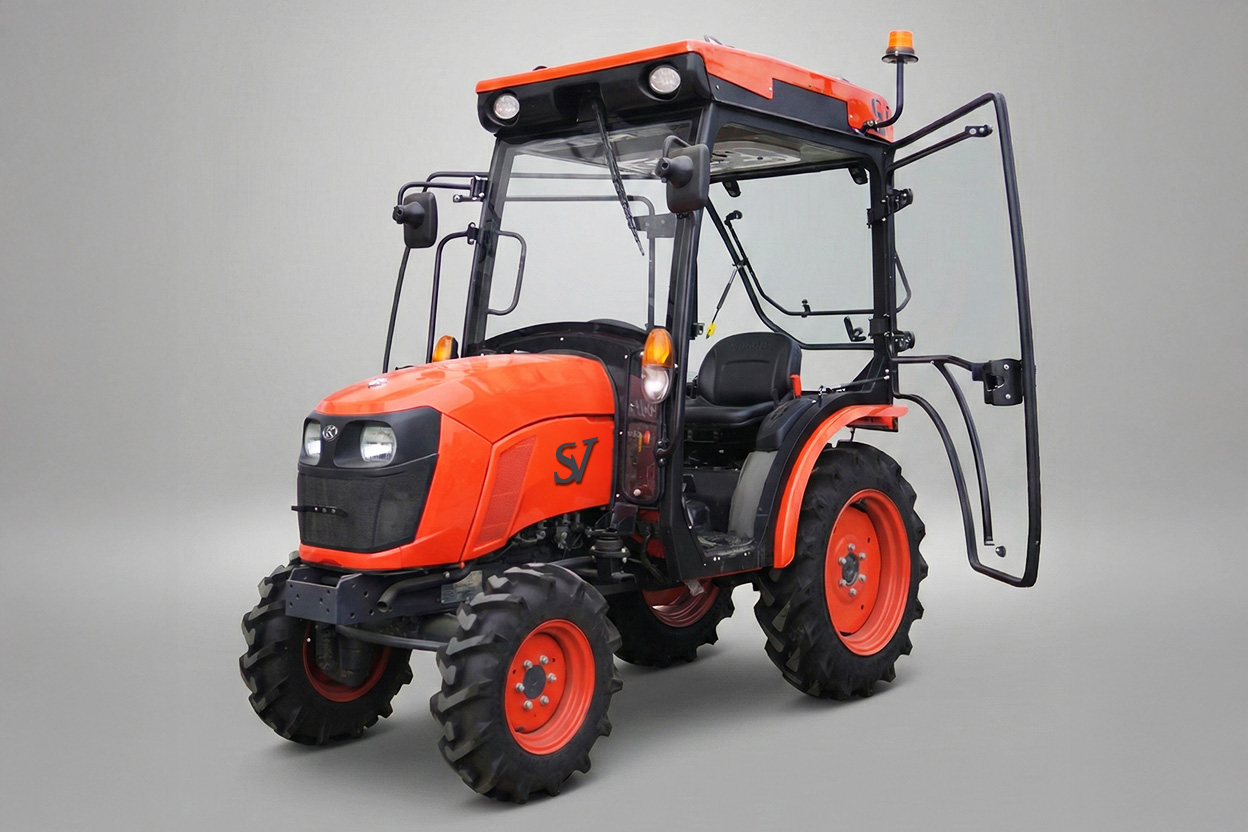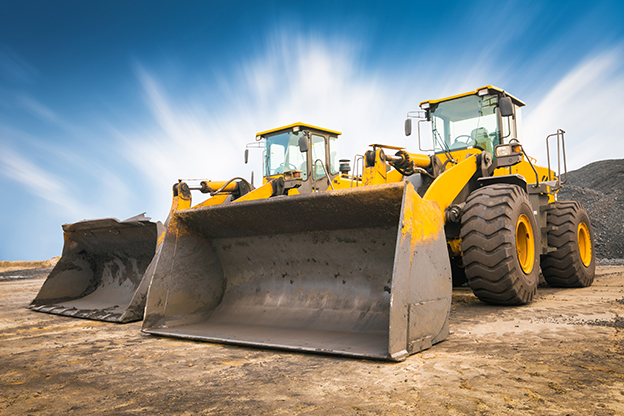Tractor production has been a leading industry in India. Agriculture equipment manufactured in the country is known for its affordability, durability, and adaptability. There was a significant rebound in India’s tractor exports during the March quarter, where exports increased by 6.5% and totaled 26,466 units, according to The Hindu Businesslike.
This guide provides a step-by-step breakdown of the process for importing tractors from India, helping you seamlessly tap into this growing tractor market opportunity.
Why Import Tractors from India?
If you’re wondering why India is gaining prominence in this field, here are four key reasons to consider sourcing tractors from the region:
- Cost-Effectiveness
Indian tractors are known for their low prices, without compromising quality. Latin American importers often choose them to cut costs while maintaining productivity. Indian tractors can be up to 15-20% less expensive than machinery made by other international manufacturers.
- Quality and Reliability
India’s tractor sector has evolved significantly. Indian tractors are designed for different terrains and climates with innovations in engineering.
- Variety and Customization
Indian manufacturers produce a range of models, from compact tractors to large-scale tractors with high power. The Indian manufacturers offer a variety of models that are tailored to meet the needs and requirements of farms throughout North, Central, South America.
- Global Reputation
India’s tractor brand names like Mahindra TAFE Sonalika and Sonalika, which export consistently to Africa and Europe, have achieved international recognition.
If you’re a small-business tractor importer, or a large-scale agriculture firm, buying tractors from India can be a smart strategic move.
Understanding the Latin American Tractor Market
Market Overview by Region
Latin America comprises unique agricultural markets, each dictating specific machinery requirements. Let’s explore some highlights by region:
- North America (e.g., Mexico)
Mexico stands out for its growing need of mechanized farming solutions. Here, mid-range tractors (40-60 HP), are in high demand.
- Central America
Guatemala and Nicaragua have a focus on increasing crop yields. Coffee plantations often require small tractors.
- Caribbean
Compact and lightweight models of tractor are required for the Caribbean’s smaller land surface
- South America
Imports of tractors are dominated by Brazil, Argentina and other agricultural giants. The demand for high-horsepower (above one hundred HP) tractors is very high in large-scale soya and maize fields.
Import Regulations and Tariffs
Each Latin American country has their own import regulations, ranging from tariffs and certification processes. Brazil, for example, imposes 35 percent import duties on certain types of machinery. Other nations, such as Guatemala, enjoy reduced or zero duty rates due to trade agreements.
Language Considerations
For countries such as Mexico, Argentina and Brazil, all documents should be in Spanish.
Market Trends and Opportunities
Importers can expect the Latin American tractor market to grow by a CAGR of 4.2% from now until 2030.
Step-by-Step Guide to Importing Tractors
Importing tractors from India is a straightforward process if you follow these steps:
1. Find Reliable Manufacturers
Look for the top Indian tractor brands such as Mahindra TAFE and Escorts. Find suppliers who have a transparent business model, experience in exporting, and positive feedback from customers. You can connect with exporters through platforms like IndiaMART or Alibaba.
2. Negotiating contracts and payment terms
Talk about everything up front, including payment terms, delivery dates, and warranty policies. Letter of Credit is a great way to ensure trust between buyers and suppliers.
3. Documentation requirements
To avoid delays in shipping, ensure that all documentation is accurate.
- Export licences are issued by Indian authorities.
- Certificate of Origin To benefit from preferential tariffs under trade agreements.
- Certification of Quality, proof of compliance with agricultural machine standards.
4. Shipping and Logistics
Shipping methods that are popular include:
- Sea Freight large tractor orders. For fully assembled units, use containers or Roll-on/Rolloff (RoRo) services.
- Clearance of Customs is specific to each country. In Mexico, for example, customs brokers must be present to ensure accuracy.
5. After-Sales Service
After importing tractors, it is important to receive quality after-sales service:
- To ensure the availability of spare parts, establish partnerships with local mechanics and repair shops.
- Choose suppliers that offer a warranty of at least one season.
Navigating Regulations and Tariffs
Understanding import duties and preferential tariffs is key to controlling costs. For example:
- Colombia enjoys reduced tariffs through trade partnerships.
- Guatemala and Panama have duty-free agreements for Indian agricultural machinery.
Additionally, compliance with local standards like safety certifications is non-negotiable to avoid penalties.
Overcoming Challenges
Language and Cultural Differences
Work with translators or bilingual consultants who understand regional dialects in Spanish- and Portuguese-speaking nations.
Logistics and Transportation Issues
Plan shipping well in advance to avoid delays caused by unforeseen events, like weather disruptions.
Payment and Financial Risks
Minimize risks by opting for secure payment methods and verifying sellers’ credentials through trusted export boards.
Your Next Steps to Success
Importing tractors from India to Latin America is an excellent way to meet growing agricultural demands. With their competitive pricing, high quality, and customization options, Indian tractors prove to be a sound investment.
Opportunities are ripe, so why wait?
Start exploring S V Machinery India today and drive your agricultural business forward!









